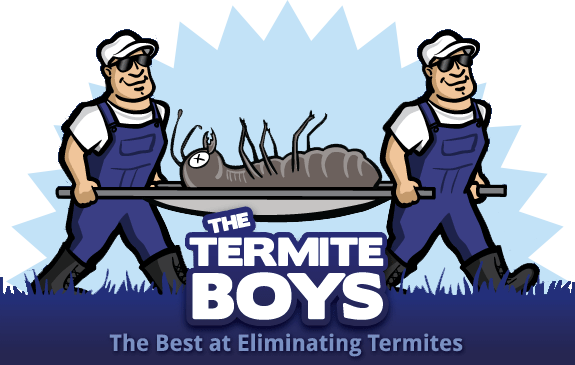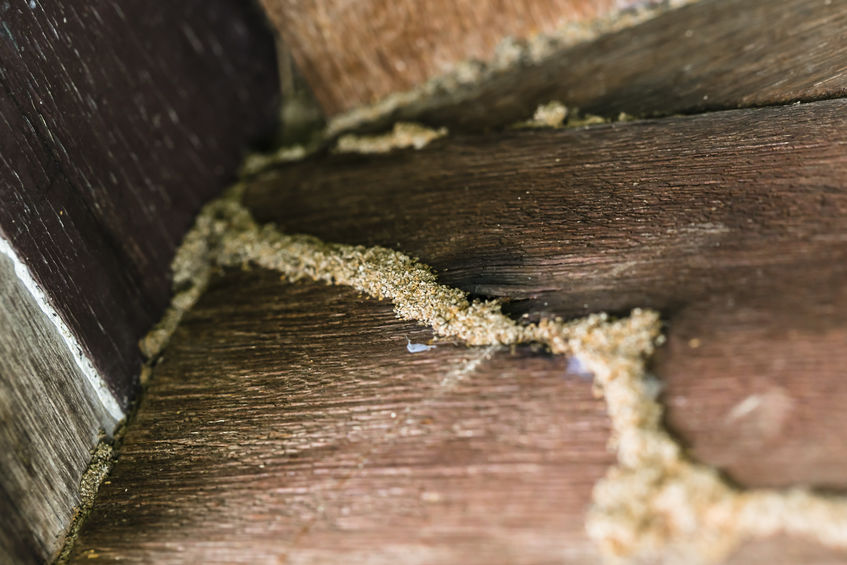Just like ants, and many species of both bees and wasps, termites are social insects that live in colonies ruled over by a founding queen. While the founding queen is primarily responsible for dictating the social behaviors of her worker and soldier offspring, she is not the sole founder of the colony she governs. New termite colonies are established by reproductive swarmers (alates) during their annual mating flights. Alates are poor flyers, and the vast majority die before they are able to find a mate, but the very few alates that manage to breed within a shallow ground nest typically survive to become the queen and king of a new subterranean termite colony.
Unlike the colonies established by other social insects, queen and king termites, or the “royal pair,” maintain a monogamous relationship for the duration of their relatively long 10 to 30 year lifespan. Unfortunately, subterranean termite colonies are prevalent and densely situated within moist soil beneath the ground in urban, and to a greater extent, suburban areas of Massachusetts. This is why officials with the US Department of Agriculture strongly recommend that Massachusetts homeowners have their homes and surrounding property inspected by a properly licensed pest control professional at least once annually in order to spot subterranean termite infestations before the pests inflict serious structural damage.
The eastern subterranean termite (Reticulitermes flavipes) found in Massachusetts is the most destructive, economically costly, and commonly controlled termite pest species of homes and buildings in the US, and they are particularly abundant within and around wooded areas in the eastern and some parts of the western US. Subterranean termite colonies initially inhabit a single nest within moist ground soil where they cannot be monitored or tracked.
After two to five years of slow colony growth, the number of workers and soldiers within a colony increases dramatically. After five to seven years of maturation, subterranean termite colonies generally contain between 20,000 and one million individual termites, including many winged alates that begin to take form once colonies have aged for a period of three to five years. In response to nest overcrowding as well as other factors, small groups of workers, and occasionally secondary reproductives, leave the central nest in order to establish smaller secondary nests nearby. Extremely large eastern subterranean termite colonies more than 10 years old are usually composed of a network of interconnected nesting sites that are known to span areas larger than a football field. Researchers have found that foraging workers from large subterranean termite colonies can travel 260 feet from their home nesting site.
Have you ever found signs of termite activity within dead trees, stumps or wood within your yard?

